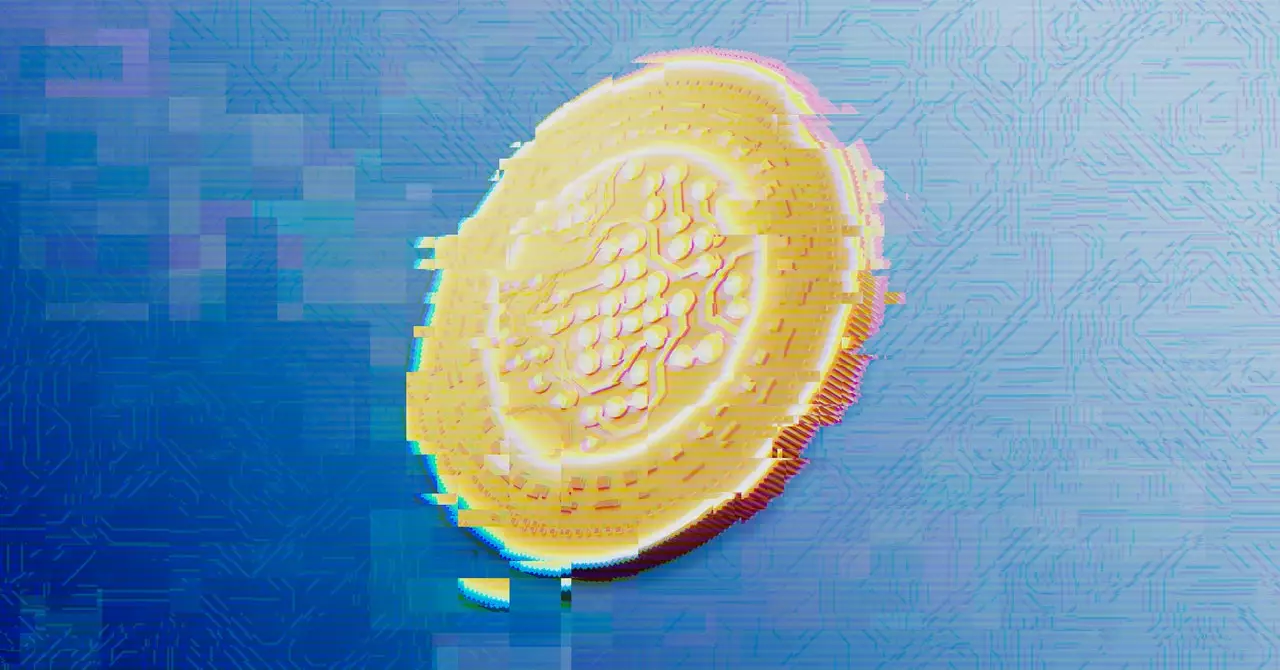The intersection of technology and daily life continues to provoke both awe and anxiety, as recent stories illustrate the remarkably diverse applications and implications of technological advancements. From individuals creatively hacking devices for personal reasons to governments employing technology for surveillance and military applications, the modern tech landscape is fraught with contrasts. This article explores some notable recent events that highlight both innovation and the ethical challenges posed by current technologies.
In a touching tale that exemplifies the ingenuity of people, a group of technologists from India engineered a way to bypass Apple’s AirPod Pro 2’s location restrictions. Their mission? To enable the hearing aid feature in these high-tech earbuds for their grandmothers. While Apple’s design limits certain functionalities based on location, the innovators used a Faraday cage and a microwave, alongside a significant amount of trial and error, to achieve their goal. This anecdote serves as a reminder that technology is often a double-edged sword: it can create barriers, but it can also inspire inventive workarounds, especially when family bonds are at stake.
Such stories showcase the human element behind technology. As devices become more integrated into our lives, the responsibility of engineers and developers grows. It highlights the importance of balancing accessibility with the inherent limitations of proprietary technologies. This particular hack invites a broader discussion around consumer rights and the ethical considerations of device ownership in an increasingly digital world.
Conversely, the evolution of technology is not solely a tale of positive innovation. The United States military is leaning heavily into technological advancements as it assesses an AI-enabled weapon—the Bullfrog machine gun, developed by Allen Control Systems. This weapon system is specifically designed to target drones, indicative of a concerning trend toward automation in warfare. As threats from inexpensive and small drones continue to increase on the battlefield, military and civilian sectors alike must grapple with the implications of deploying such technologies.
This development raises questions about the ethical ramifications of AI in military applications. While technology can enhance national security and adapt to emerging threats, it can also lead to ethical dilemmas, particularly regarding accountability in the killing chain. Automating life-and-death decisions introduces a level of unpredictability that could have catastrophic consequences if mismanaged.
As stories around innovative uses of technology proliferate, so do instances of misuse. A troubling narrative emerged this week regarding an 18-year-old from California who orchestrated over 375 swatting attacks across the United States. Such incidents, driven by malicious intent, shed light on the vulnerabilities inherent in the systems we hold dear, often for amusement or notoriety.
The ramifications of technology extend beyond whimsical pranks. Amid rising threats from government surveillance—especially in an era marked by political volatility—the need for individual protection has never been more critical. With surveillance tools evolving and becoming more sophisticated, citizens must arm themselves with knowledge about privacy best practices. The risk of governmental overreach looms large, heightening concerns among citizens about their digital footprints, especially with potential changes in legislative regulations under shifting administrations.
Technology is also being harnessed as a tool for countering malicious actors. In an innovative response to scams, Virgin Media and O2 have launched an AI system termed the “AI granny.” This initiative aims to keep scammers on the line, gathering data while never yielding to their demands. This blend of technology and clever strategy underlines the tech industry’s capacity to combat wrongdoing, challenging fraudsters in their own game.
Moreover, legal battles are beginning to surface against companies that enable cybercrimes. A groundbreaking lawsuit was filed against NSO Group, a prominent player in the commercial spyware market, revealing the increasing scrutiny these organizations face. As individuals and organizations seek justice for damages incurred due to malicious cyber activities, there is a growing movement pushing for accountability among technology creators and service providers. It brings to light the urgent need for ethical standards in tech development and the responsibilities that come with such powerful tools.
Lastly, the proliferation of cybercrime challenges both civilian and military sectors. Recent reports indicate North Korean hackers are implanting malware in macOS applications targeting cryptocurrencies. This continues to showcase the dynamic and ever-evolving nature of digital threats. As the tools of cybercriminals grow in sophistication, so must the defenses employed by individuals and organizations.
As the rapid evolution of technology transforms various spheres of life—from heartfelt innovations intended to enhance personal connections to military applications and issues of privacy and surveillance—the need for ethical considerations is pressing. Society stands at a crossroads, with the potential for both uplifting innovations and concerning misuse. Being aware of these dynamics and navigating them thoughtfully can ensure that technological advancements serve humanity rather than exploit it.


Leave a Reply